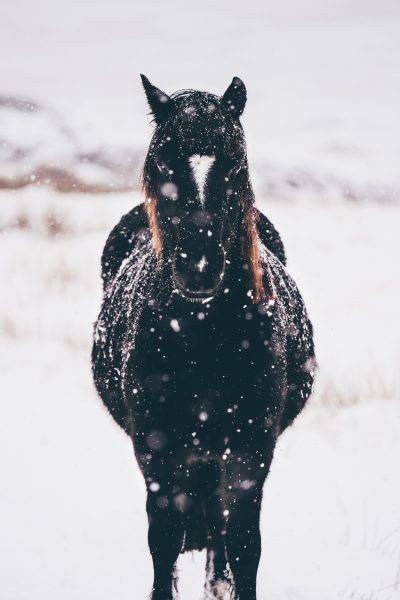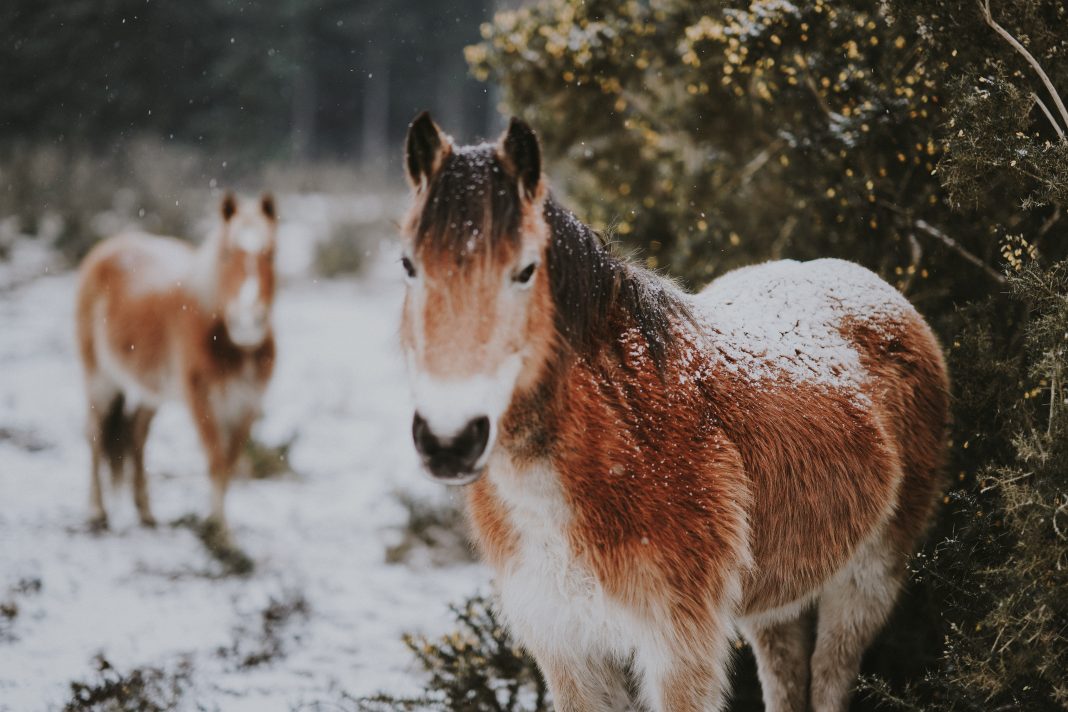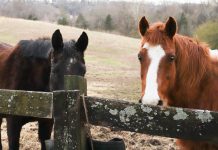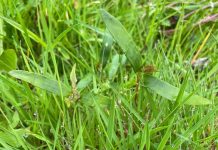The ‘Troll of Trondheim’ has arrived in the UK and across Europe, bringing decreasing temperatures, hard frosts, and snow to some parts of the country. This has the potential to disrupt our horse’s usual routine and increase the risk of laminitis and colic.
When the weather turns cold, horses are less inclined to drink and coupled with sudden changes in management, such as more time spent stabled or eating more hay, this can increase the risk of impaction colic. Ensure that exercise remains part of your daily routine for stabled horses. Walking out in hand helps to keep the gut moving, reducing the risk of impaction and generating warmth in the process. There’s plenty we can do to encourage our horses to drink too…
- Ensure water is readily available. An obvious one perhaps, but water freezes quickly and needs checking regularly. Have your ice breaking kit to hand: a hammer to break the ice and a colander to scoop the pieces out are ideal, as leaving the ice in there will only help the water freeze over again faster.
- Offer feeds as a warm mash. We always recommend soaking our Simple System feeds to increase hydration and reduce the risk of choke. Using warm water instead of cold not only speeds up soaking times, it will also be much appreciated by your horse. PuraBeet is a great choice for adding hydration as it soaks up to five times it’s volume in water, double that of our other pellets.
- Provide a bucket of warm – not hot – water. Horses typically do not enjoy drinking very cold water, so take the chill off by adding a kettle of hot water to their buckets.
- Consider offering flavoured water. A handful of Simple Balance +, MetaSlim or TopGain added to a bucket of water can work a treat.
- Position stable water buckets against an internal wall rather than an outside one. They are less likely to freeze.

When it is frosty and sunny, the grass can still make sugar but then cannot do anything with it, as it is too cold for growth. Sugar levels increase and that is why there is an increased risk of laminitis in frosty weather. Also, when temperatures are sub-zero, the grass releases sugars to act as anti-freeze. Clever plants!
Keep a close eye on laminitis prone horses during such weather conditions. Providing ample forage, such as hay or buckets of HayCare, means your horse is less likely to gorge on the sugary grass.
You may also be concerned about your horse feeling cold, but remember most horses are not as bothered by weather as we are. If you can, stick to your usual routine but make sure they have some form of natural shelter from the wind and, if turning out in the snow, they will need plenty of forage. Forage keeps horses warmer than starchy feeds, such as cereals, as the process of fermentation in the hind gut generates heat – a bit like in-built central heating! Heat from starchy feed is only utilised if the horse exercises or shivers.
To find out more about Simple Systems, click here.
For more health features, visit our dedicated section here at TheArabianMagazine.Com












